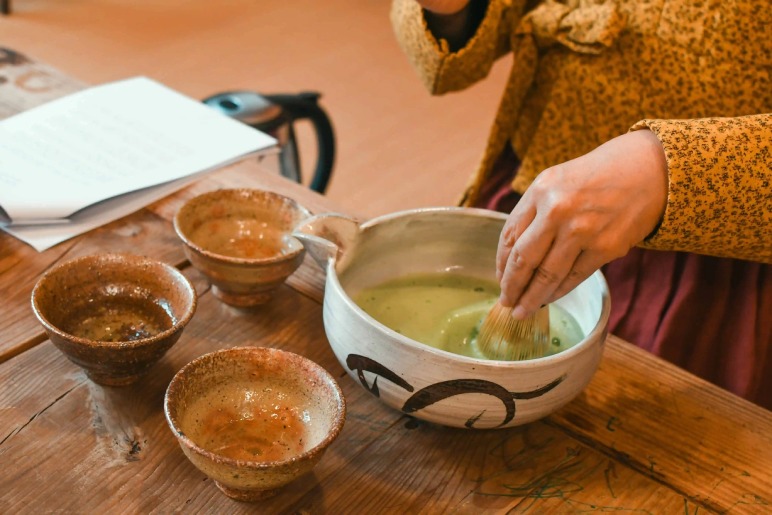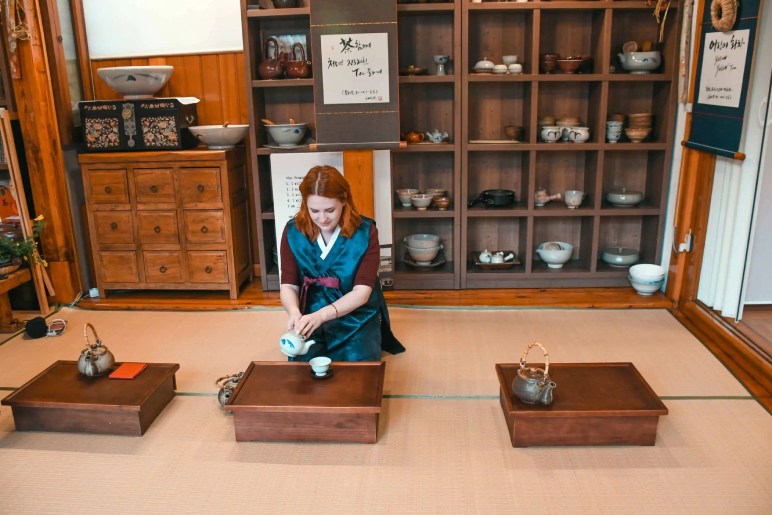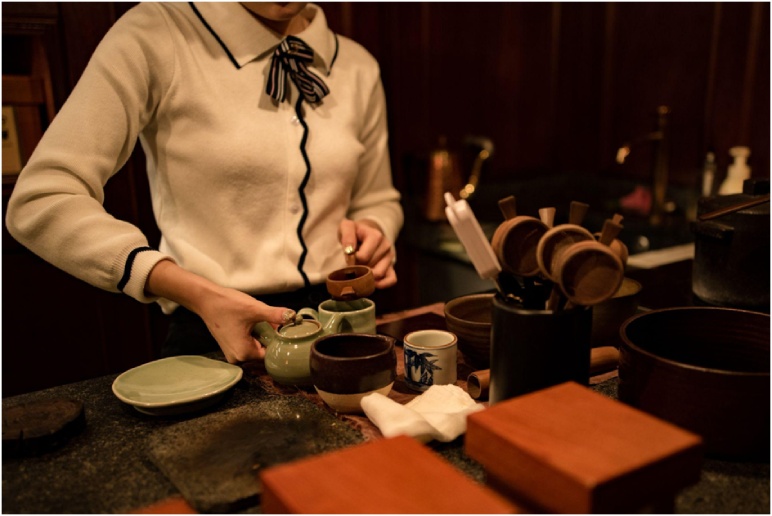Korean tea culture is a treasured tradition that has been brewing for centuries. In South Korea, it’s a journey through history and a bridge between the past and present. This article will show the essence of traditional and modern Korean tea culture. Also, it will reveal the flavors and experiences that make it a vital part of Korean life.
Traditional Korean Tea Culture

Korean tea culture has a history as rich as green tea. For centuries, traditional tea ceremonies have played a vital role in Korean society, with deep-rooted customs and rituals. These ceremonies are a testament to the country’s lasting cultural traditions, emphasizing respect, and mindfulness. The preparation and serving of tea are done with meticulous precision, where every gesture holds significance, creating a tranquil atmosphere. In addition, travelers can instantly capture their moments with tea culture through Korea SIM card.
Modern Korean Tea Houses
In recent years, South Korea has seen a surge in the popularity of modern tea houses. These modern establishments stand in stark contrast to traditional tea ceremony forms. With eSIM Korea widely available, international visitors can use their smartphones to find these trendy tea houses. Modern tea houses are stylish, relaxed, and often cater to younger generations. They provide a space for friends to gather and enjoy a wide range of teas, from classic varieties to innovative blends. This modern twist on Korean tea culture blends tradition with a fresh, trendy vibe, making tea accessible to all.
Traditional Tea Regions In Korea

Korean tea culture is deeply intertwined with the landscape of South Korea, and certain regions have become known for their tea production. Take Boseong, for instance, a picturesque area famous for its rolling green tea fields. Here, the traditional method of cultivating tea leaves is preserved, ensuring the finest quality. Moreover, with eSIM in Korea, tourists can access maps and explore the scenic landscapes of these tea regions in Korea. Similarly, Hadong, with its unique geographical conditions, is known for producing herbal teas with distinct flavors. These regions are not just about tea; they are a reflection of Korea’s natural beauty and the traditions that have grown alongside it.
Korean tea culture is a dynamic blend of the old and the new. Traditional tea ceremonies continue to thrive, coexisting with modern tea houses that provide a refreshing take on this age-old practice. The regions where tea is grown are steeped in tradition, their landscapes echoing the cultural importance of tea. Together, these elements create Korean tea culture that invites both locals and travelers to partake in a journey of taste, history, and exploration.
In South Korea, it’s a way of life that bridges the past and the present, inviting all to savor the moment, not just tea.
Conclusion
In South Korea, tea is more than a beverage; it’s a cultural thread that weaves through generations. Traditional and modern tea culture unite, creating a tapestry of taste and heritage. As you savor each cup, you’re not just enjoying a drink; you’re partaking in a journey that embraces the past and celebrates the present, a journey that’s open to everyone.
Read Also:
- Is Homebuilding A Good Career Path?
- Is Consumer Durables A Good Career Path?
- How Many Jobs Are Available In Consumer Non-Durables?

